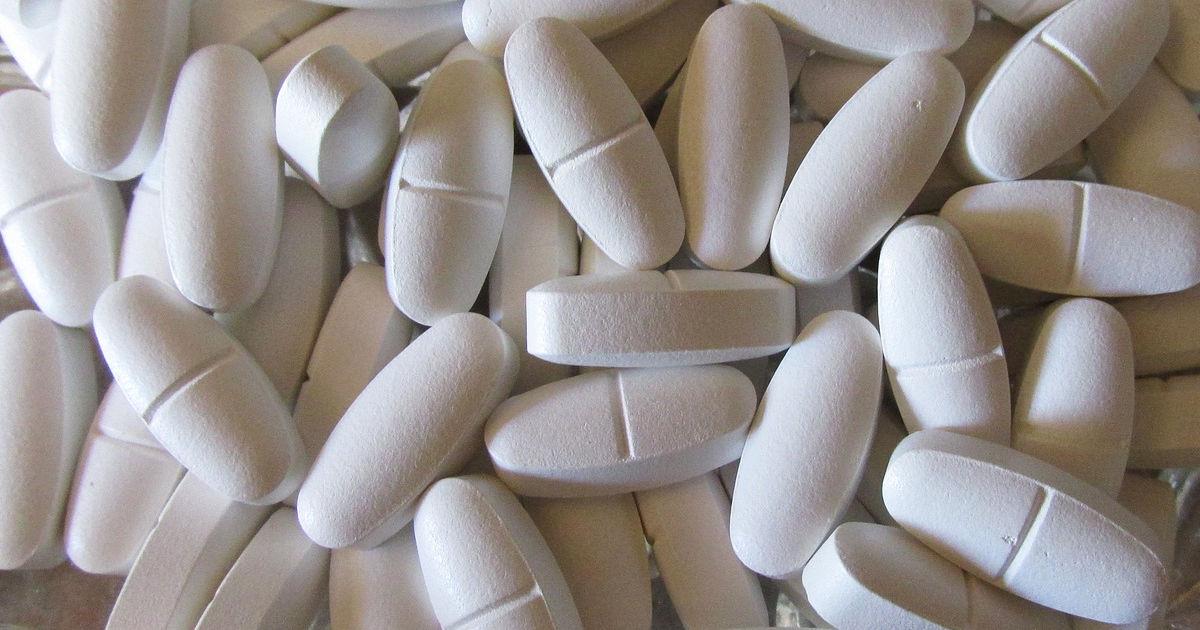By RoseMarie Pierce, B.Sc.
Experts say that between one-third to three-quarters of North American women of all ages are calcium deficient. Who needs extra calcium? Women who show a definite need for extra calcium include those who are adolescent, pregnant, breastfeeding, and menopausal. Among the elderly, up to 90% of women and men are not getting enough calcium to prevent bone loss. This is due, in part, to the body’s decreasing ability to absorb calcium with age. Certain types of medications increase the likelihood of calcium deficiency. These medications include: cortisone, prednisone, antibiotics, certain diuretics (Lasix), antacids and other substances containing aluminum (processed cheese, pickles, baking powder, antiperspirants, alum), and ulcer medications such as Tagamet, Pepcid, and Zantac.
In human blood, a ratio of 2.5 parts calcium to 1 part phosphorus is optimal. Ingesting large amounts of phosphorus-containing foods (animal meat, dairy and cola drinks) creates an excess of phosphorus in the blood stream. This causes the body to pull calcium out of the bones to balance the calcium/phosphorus ratio. Alcohol and coffee drinkers need extra calcium as well. Drinking more than 2 cups of coffee a day causes calcium depletion. It also depletes the body’s stores of Vitamin C, B1, potassium and zinc. Women are especially susceptible to the effects of caffeine. It takes at least twice as long for the liver to detoxify caffeine from the female body as it does from the male body, says Dr. Christiane Northrup in “Women’s Bodies, Women’s Wisdom”.
Alcohol, fatty foods, salt and sugar hinder the absorption and increase the excretion of calcium. Cigarette smoking is associated with decreased estrogen activity and also with Vitamin B6 deficiency (needed for production of progesterone). Both estrogen and progesterone are needed to keep calcium in the bones.
Many of the above factors upset the body’s biochemistry and cause a calcium deficiency. How do we keep adequate calcium levels in the body? Adult bone building requires about 600 mg of calcium a day. Calcium needs should be met by consuming a healthy, balanced diet. Yet, poor lifestyle choices and unhealthy food choices contribute to excessive loss of calcium through the urine, states Dr. Karen Jensen in her book Menopause. On average, North Americans absorb about 30% of the calcium that is present in our diets, says Brenda Davis R.D., co-author of Becoming Vegan. If we take into account the amount lost in the urine, the amount retained in the body may be as little as 10% of what was originally present in the diet.
Do we need to consume more milk? Most people are aware that one cup of milk or an ounce of cheese contains significant calcium (290 mg.). Yet, there is a concern about the appropriateness of cow’s milk as a source of calcium. Dairy is frequently the cause of food allergies due to the ingestion of the protein casein. Three out of four North Americans have some degree of lactose intolerance and suffer digestive complaints when consuming dairy products. An enzyme from dairy called xanthine oxidase is implicated in damaging arterial walls and aggravating atherosclerosis!
Healthier choices for calcium might include dark leafy green and sea vegetables, broccoli, legumes, nuts, figs, and fortified soymilk. One cup of most green vegetables contains as much calcium as a glass of milk. Vegetables and fruits also contain protective phyto-chemicals, while dairy products include saturated fats and cholesterol. To enhance absorption of minerals, drizzle a little lemon juice or a half-teaspoon of raw organic apple cider vinegar over vegetables, making them more acidic. This stimulates the body’s production of digestive enzymes. (Minerals are more easily digested and absorbed with high stomach acidity.)
Are calcium supplements of value? Increasing calcium intake with high-level calcium supple-mentation (1,500 mg or more) can be harmful without its companion nutrients, states Susan Brown, Ph.D., Better Bones, Better Body. Dr. Brown believes we need a total of 17 nutrients to maintain and build healthy bones. In order to absorb and assimilate calcium, important minerals such as magnesium, zinc, copper, silicon, manganese, boron and important vitamins such as D, B6, C, K, folic acid are necessary.
Furthermore, not all calcium supplements are created equally. Many are composed of calcium in the form of calcium carbonate, which is essentially chalk. Calcium carbonate is also an antacid (c.f. Tums) which, in decreasing stomach acidity, ironically also reduces calcium absorption! More absorbable forms of calcium include calcium chelate, calcium citrate or microcrystalline calcium hydroxyapatite (a whole bone extract). It is important to take calcium and magnesium in a proper ratio, which varies between 1:1 and 2:1, depending upon dietary intake and other factors.
Ensure maximum calcium intake by supplementing the diet with a balanced, quality bone-building formula containing an absorbable form of calcium, in the appropriate calcium to magnesium ratio, along with the required companion nutrients.
RoseMarie Pierce is a holistic pharmacist, the Educational Director for Prairie Naturals Health Products and a partner in SunStreams Natural Living Store (243-4040) in Calgary.
Suggestions made by Nutter’s Bulk & Natural Foods, and the contents of this article,
are recommendations only and should not be considered a substitute for professional
medical advice, nor a replacement for prescriptions. Always seek medical advice for any
health concerns from a qualified medical health care professional before using any
recommendations contained in Nutter’s articles.

